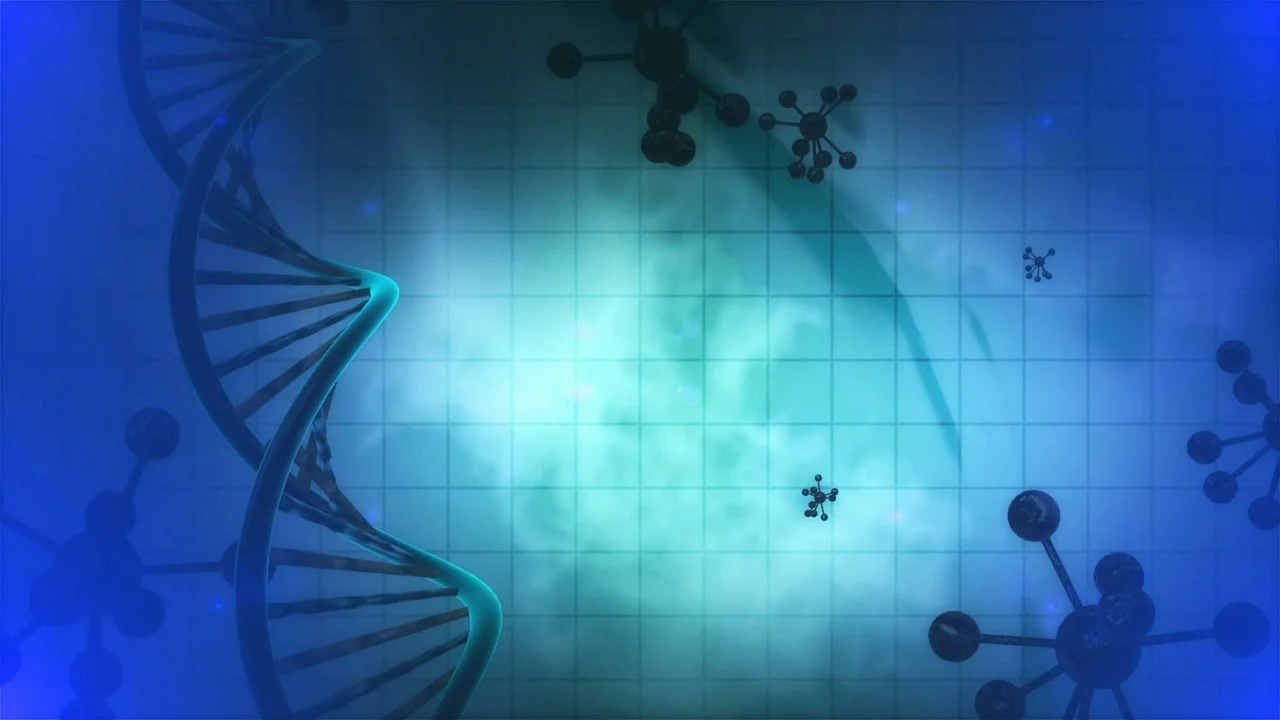Human body cells can respond quickly to physical and chemical changes in their cell environment. It is due to the genetic mutations that change the properties of cells and make them react to these changes. Non-genetic mechanisms also help cells to respond but can drive rapid adaptations in the process called cell plasticity.
Cell plasticity refers to the ability of cells to change their phenotypes (visible characteristics) without genetic mutations in response to environmental changes. Many biological processes in health and disease involve cell plasticity. For example, tumour cells can change their state from highly proliferative to invasive, resulting in cancer metastasis. Also, uncontrolled inflammation can lead to septic shock and tissue damage.
Sebastian Müller and his research team at the Institut Curie, Paris, found the main cause behind these processes. Further, they developed a new drug based on metformin (an anti-diabetes drug) to block these processes.
The Culprit
The research group used a technique called mass spectrometry to find the root cause that was responsible for the changes in cell plasticity. Mass spectrometry is an analytical technique used to determine the mass-to-charge ratio of molecules present in the sample. During their investigation, they checked the metal content of macrophages (type of white blood cells) before and after activation. They discovered that the cells responsible for uncontrolled inflammation, septic shock, metastasis formation and cell plasticity changes contain high amounts of copper. The copper is incorporated into the cells via a protein called CD44 and hyaluronic acid. In their previous study, the research team also found that the presence of iron metal in cancer cells is because of the consumption of this protein.
The protein CD44 is widely found in cells, such as red blood cells, cancer cells, immune system cells, and more. Researchers showed that the copper taken through CD44 gets collected in cell organelles called mitochondria (organelles responsible for energy production in the cell). Their findings revealed that the copper content in the cell controls the metabolism in the mitochondria and affects energy production. This also led to changes in the levels of metabolites (end product of metabolism), which influence the detection of genes in the cells. For instance, the levels of NAD(H) (nicotinamide adenine dinucleotide hydrogen, a molecule that generates energy) were affected too. Overall, the copper content affected the size, shape and functions of the cells.
Image Credits: Pixabay
The Life Saviour
To overcome this issue, researchers proposed a general copper-signalling pathway that regulates cell plasticity. They invented a drug-like molecule called supformin, which is based on metformin. This molecule blocks the cell plasticity processes by inactivating and blocking the copper. The research team observed that supformin enhanced energy production and other functions of the cell. They got these results when they used the new drug prototype on the mouse models. This drug can prevent septic shock in mice.
The Future
The study also showed that cell plasticity processes are identical in cancer during metastasis formation. Thus, the drug supformin could be used to fight and prevent metastasis. It has been tested successfully in animal models but has not been conducted on humans yet. The testing has been started on some cancer models too. But it still needs some effort and time to get the desired results. There is hope that supformin may be used in medications that could help many patients around the globe to fight septic shock and metastasis formation.
The study proves to guide scientists both on a molecular fundamental research level and possible clinical applications. This research was conducted by Sebastian Müller, Stéphanie Solier and Raphaël Rodriguez and has been published in the journal Nature.
If you enjoyed reading our articles, please consider supporting us by buying our geeky merchandise on Instagram.
Alternatively, you could buy us a coffee or follow us on Facebook, Twitter, Pinterest, or Medium.




